Description
Adhesives
General Information
The term ” Adhesives” describes a wide variety of substances that can be used to hold, fix, or glue together two or more materials or objects (i.e., substrates) when placed between their surfaces. The adhesive’s adhesion and cohesion qualities, in particular, determine how long an attachment (bond strength) generated between substrates will last. Because these are the basic mechanisms underpinning adhesives, knowing where each glue fails in terms of these two features can help select the best adhesive for a certain application’s technical needs and specifications.
In numerous home, commercial, and industrial settings, Adhesives are used for permanent, quasi, and temporary attachment reasons. There is a broad variety of adhesives, each with its unique properties. These properties include weight-bearing capability, chemical composition, reactive or inertness, and shape. Each of these adhesives has its amazing features and benefits; nevertheless, just as with adhesive and cohesive qualities, the appropriateness of a certain attribute or characteristic (and the corresponding adhesive) is conditional on the context of use.
Usage of Adhesives
Water vaporizes to leave a bond in emulsion Adhesives like polyvinyl acetate (PVA). In addition to wood and paper, they are also useful for sewing fabric and piecing together. Multi-component adhesives are delivered by multiple chemicals that, when combined, polymerize into a thermoset plastic. This typically produces a bond impervious to moisture and heat and has exceptional gap-filling capabilities. Epoxy and polyester are two common types of resin. The monomers that make up cyanoacrylate adhesive are supplied in a liquid form. After being exposed to humidity in the air, the monomers rapidly polymerize to form a bond between the in-contact surfaces. Superglue is one of the most well-known brands of cyanoacrylate glue.
Polyurethane glue: similarly, exposure to moisture causes it to cure into a polymer. It bonds strongly to both porous and non-porous surfaces and is simple to apply. The curing process causes it to foam and expands, making it ideal for filling gaps, but at the expense of bond strength. As a versatile product, it serves multiple purposes in the building industry, including an adhesive and a gap filler. Molecular interactions between the bonded surfaces forge a strong bond as the pressure-sensitive adhesives flow into the spaces between them. They find the application on tapes and stickers. Using contact adhesives, a strong bond can be formed quickly by applying the sealant to both surfaces, drying them, and then pressing them together. Provided a close interface can be established, this can produce a strong bond between porous and non-porous materials. When the two surfaces are brought together, a strong bond is formed almost instantly, eliminating the need for clamping but making repositioning difficult.
Hot-melt Adhesives are thermoplastics that are melted and applied while still molten, most commonly with a glue gun. The bond becomes solid as they cool. Acrylic adhesives that cure in ultraviolet light can create a permanent bond between many different materials in as little as one second. They play a crucial role in numerous industrial procedures. Joining PVC pipes and fittings requires a special adhesive called solvent cement, a resin and solvent mixture. It works by dissolving the plastic between the two surfaces, causing them to re-polymerize. Thus, it accomplishes the task of chemically welding the components together.
Adhesives
Technical data sheet & Chemical Formula
Packing of Adhesives
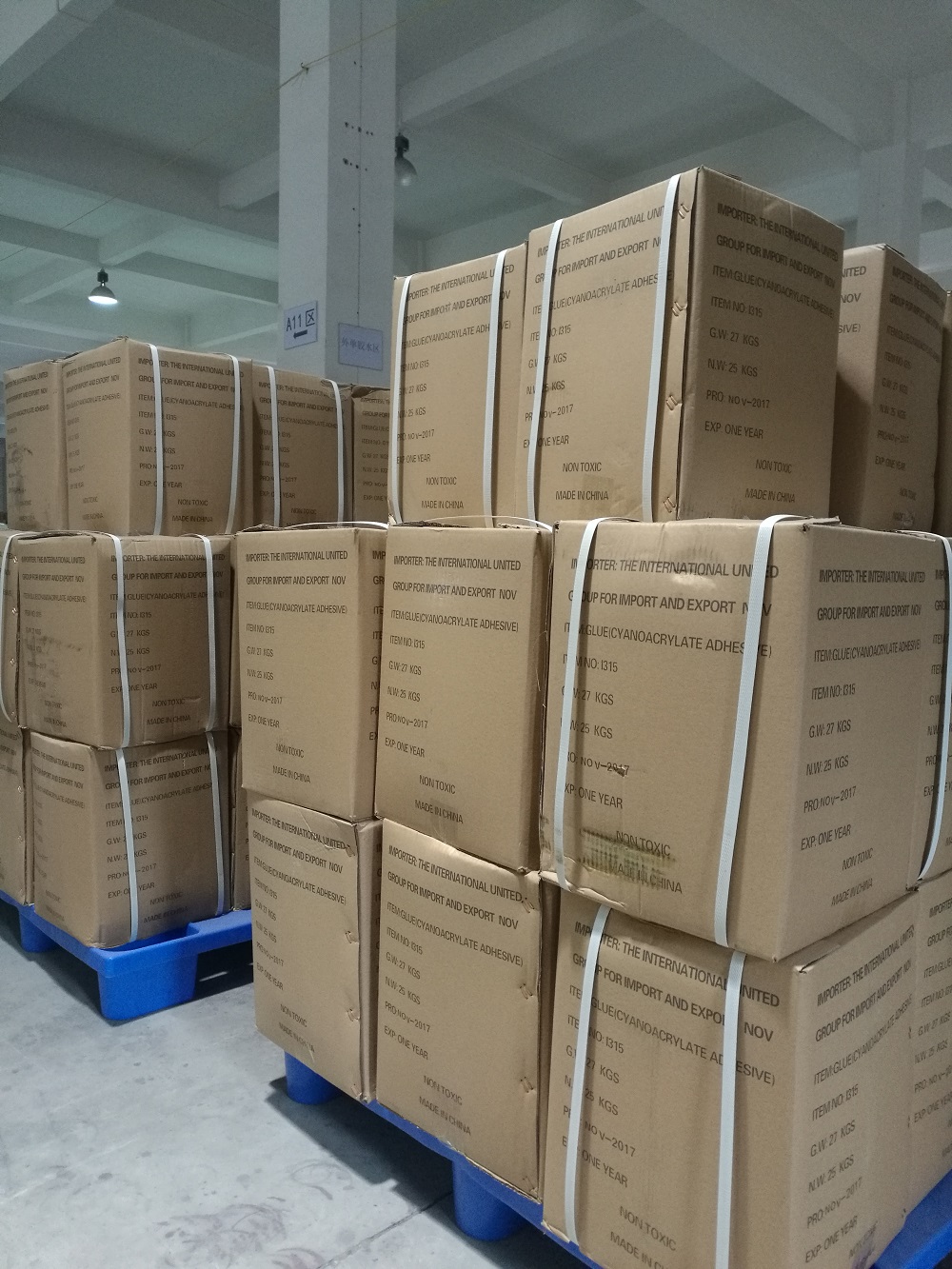
Packing
Adhesives are usually packed in 25 to 100 kg cartons.
Safety & warning & transportation of Adhesives
If Adhesives must be removed from the skin, they should be removed with antiseptic cleaning agents rather than straight solvents. Use low-viscosity adhesives in well-ventilated areas, avoid inhaling the vapors, and wear suitably approved goggles or face shields to protect your eyes. By ensuring adequate ventilation and using flameproof exhaust fans where required, you can prevent the buildup of solvent vapor in the work environment (hot spots).


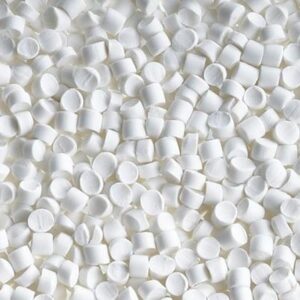
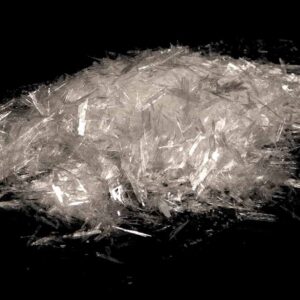
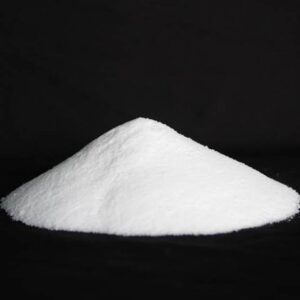
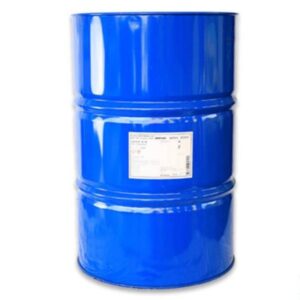
Reviews
There are no reviews yet.